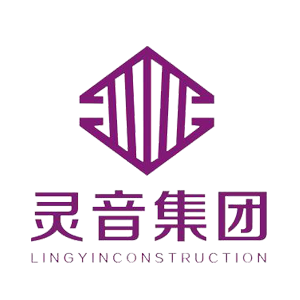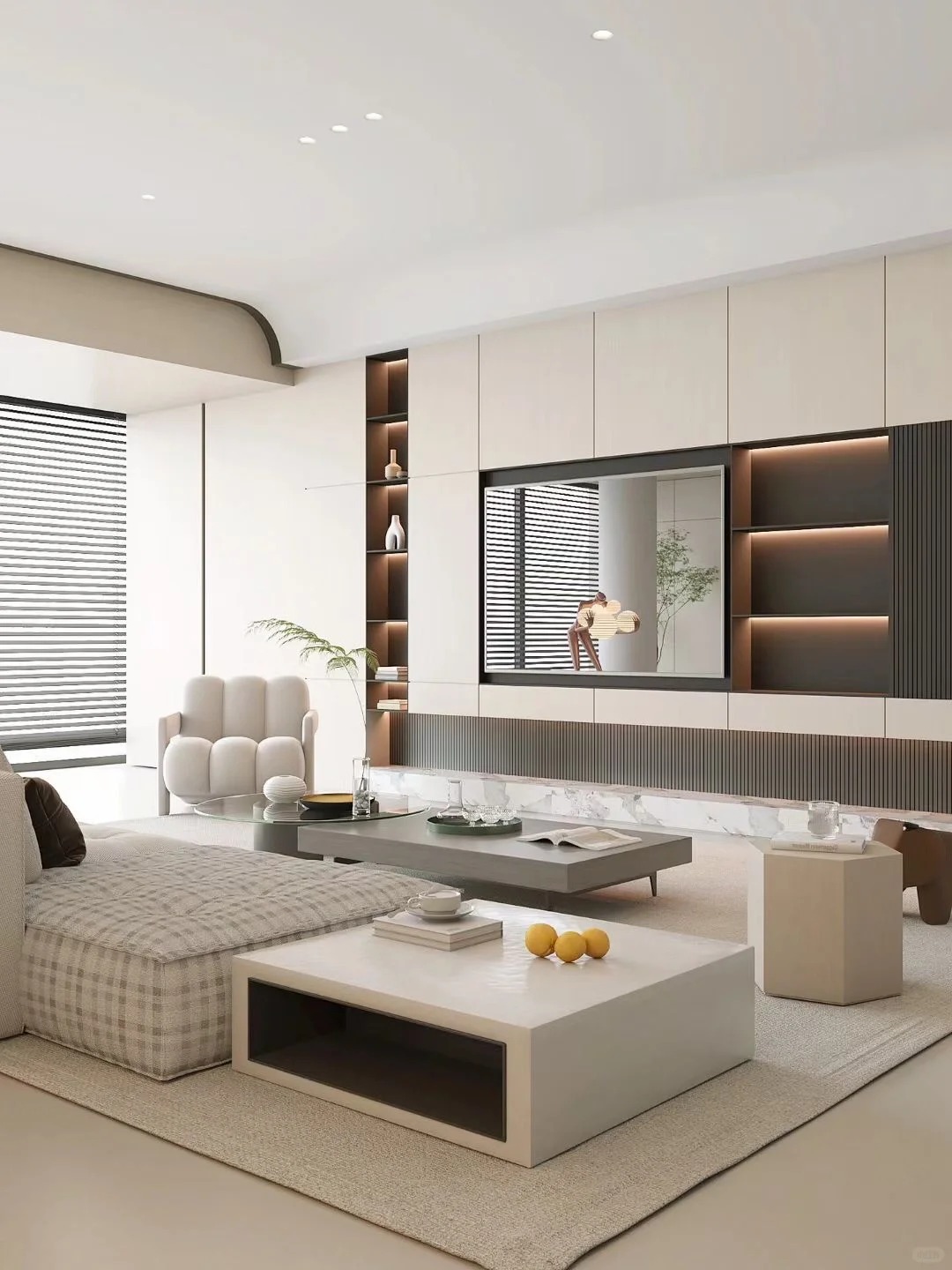Industry Focus and Market Trends
Over the past month, the African door and window industry has been shaped by a confluence of regional economic factors, international trade dynamics, and urban-rural development initiatives, revealing several key trends. While specific manufacturer news is limited, the sector stands at a critical juncture of transformation, with the following areas demanding particular attention:
Investment Environment and International Cooperation
Amid continued direct investment and market expansion by major global economies into Africa, local door and window production and related building materials enterprises are reaping benefits. Recent industry exchanges and investment negotiations highlight that urbanization demands and infrastructure upgrades are primary drivers for foreign capital. Significant capital inflows into real estate and infrastructure in key markets like South Africa and Nigeria are creating fresh opportunities for door and window companies to expand, innovate, and build new sales channels, particularly for aluminium doors and windows which are favored for modern construction projects.
Green Buildings and Sustainable Development
The demand for environmentally friendly building materials is gaining momentum across Africa. As the response to global climate change accelerates, adopting energy-saving doors and windows and improving building airtightness have become significant trends. Initiatives from the UN and regional governments to enhance energy efficiency and emission reduction standards are creating long-term competitive advantages for manufacturers who can offer sustainable solutions, aligning with a growing market for lifestyle windows and doors that combine eco-consciousness with modern living standards.
Trade and Policy Changes
The volatile global economic landscape and fluctuating international raw material prices present ongoing challenges for the African door and window supply chain. Many local assembly and import firms are responding by shifting towards regional procurement and technical collaborations to manage costs. Furthermore, active cooperation between African nations and building materials companies from Europe, America, and Asia continues, fostering localization of the industrial chain and the adoption of the latest technological standards, which supports the growth of local custom windows and doors sectors catering to specific architectural needs.
Responding to Changes Within and Outside the Industry
Driven by ongoing urbanization and rural housing renovations in multiple African countries, door and window enterprises are actively optimizing their product portfolios. The shift from traditional wood to materials like aluminum alloy and PVC is helping to mitigate the impacts of climate and economic volatility. Concurrently, the industry is exploring intelligent and automated production to enhance manufacturing efficiency and product value-added, enabling more sophisticated custom windows and doors and efficient production of aluminium doors and windows.
Exhibition and Industry Exchange
As the fourth quarter of 2025 begins, regional exhibitions such as the China International Import Expo have become key platforms. Building material brands and supply chain enterprises from countries including South Africa and Tanzania are actively participating to promote new energy-saving products. These events are crucial for African companies seeking to explore overseas markets and import advanced international technologies, often showcasing innovative lifestyle windows and doors that define new trends.
Summary and Outlook
The African door and window industry is currently in a phase of diversified development. With the relentless pace of urbanization and the deepening of sustainable development principles, green, intelligent, and cost-effective products are set to dominate the market. In the coming year, transnational cooperation and local innovation are expected to be the primary engines for industry growth, with a clear focus on aluminium doors and windows for durability and modernity, custom windows and doors for personalized projects, and lifestyle windows and doors that appeal to a new generation of consumers.




